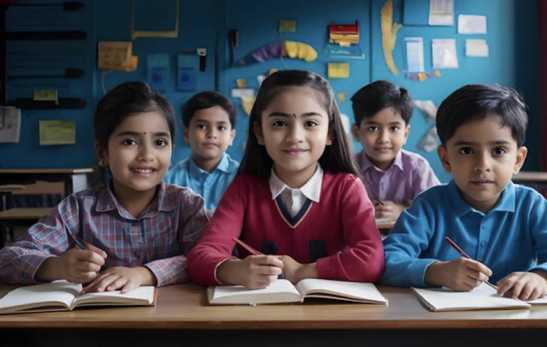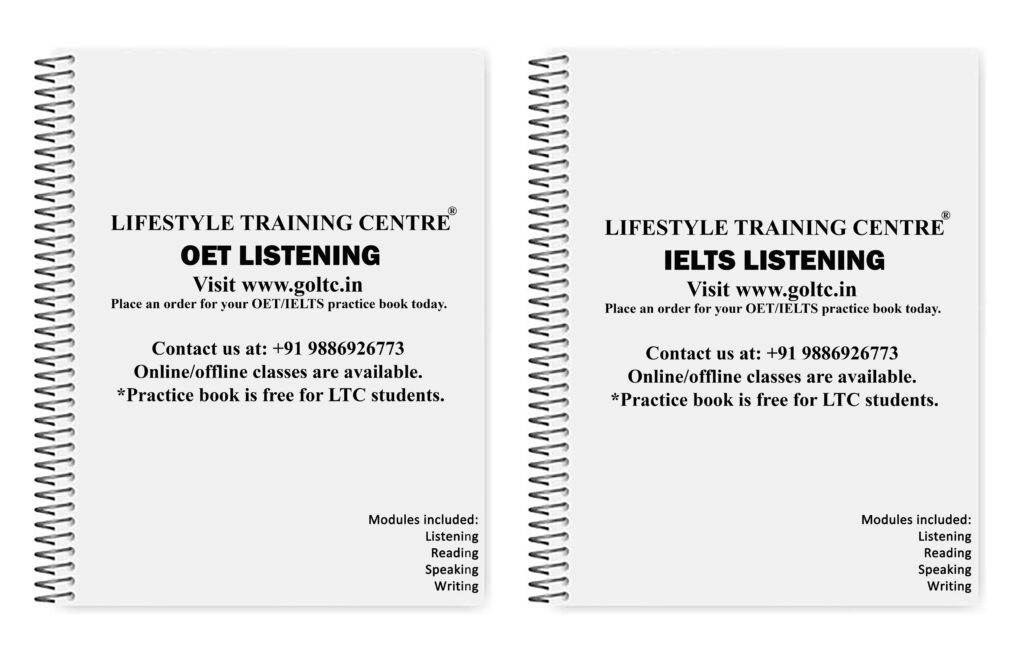Duolingo / PTE / IELTS writing task

Model answer 1 by Lifestyle Training Centre
In this era of technology and numerous knowledge acquisition avenues, it is argued by some that educating children at home is preferable to sending them to traditional classrooms. While others disagree with this notion, this essay will examine both options and present my personal perspective on the matter.
On the one hand, homeschooling presents numerous benefits. Firstly, children have the opportunity to spend more time with their parents, fostering a lasting and deeper bond through quality time together. Secondly, homeschooling enables parents to significantly reduce the cost of education by minimising expenses on transportation, uniforms, tuition fees, and other associated costs. Finally, parents can ensure that their kids receive the best education by providing resources without constraints. Additionally, homeschooling offers a sense of safety as children are rarely exposed to unwanted associations, including strangers.
On the other hand, some prefer traditional schooling, citing multiple valid reasons. Fundamentally, it becomes nearly impossible for employed parents to attend to their children during working hours unless they are willing to incur expenses on home tutors or babysitters. Secondly, children, when exposed to other students and diverse environments, have the opportunity to acquire more knowledge and experience than if they were solely engaged in independent learning.
Personally, I endorse traditional schooling as I believe not every parent may possess the necessary qualifications to effectively teach their children, especially considering that schools today offer a multifaceted mode of education, requiring highly educated and talented teachers to provide proper guidance.
To conclude, while homeschooling offers a sense of safety, strengthens the bond between children and parents, and reduces expenses, traditional classrooms guarantee high-quality education, exposure to diverse environments, and are particularly suitable for parents with full-time jobs. The decision between homeschooling and traditional schooling ultimately rests on individual circumstances, available resources, and personal preferences.
Model answer 2 by Lifestyle Training Centre
In the contemporary age characterised by technological advancements and diverse avenues for knowledge acquisition, a contentious debate revolves around the preference for homeschooling over traditional classrooms. Some contend that educating children at home is a superior choice, while others vehemently disagree. This essay aims to delve into the merits and drawbacks of both options, ultimately providing insights into my personal perspective on this educational discourse.
On one hand, homeschooling is praised for its potential to foster stronger bonds within families, reduce educational costs, and provide a safe and controlled learning environment. The personalised attention and flexible schedule afforded by homeschooling can cater to individual learning styles, allowing children to progress at their own pace. Additionally, the sense of security and limited exposure to potentially negative influences are often seen as significant advantages.
On the other hand, traditional schooling offers its own set of advantages. The exposure to diverse environments and interactions with peers can contribute to a more comprehensive social education. Furthermore, the structured curriculum and professional guidance provided by qualified teachers in traditional classrooms are considered essential for a well-rounded education.
In my opinion, for working parents, the logistical challenges of homeschooling may make traditional schooling a more practical option. However, the choice between homeschooling and traditional schooling is not one-size-fits-all. It depends on the unique needs and circumstances of each family.
To conclude, while homeschooling can be beneficial for some in terms of flexibility and individualised attention, traditional schooling ensures a standardised and well-rounded education. A balanced approach, considering the strengths of both methods, might be the most optimal solution for certain families. Ultimately, the decision should be made based on a careful evaluation of the child’s learning style, the family’s lifestyle, and the available resources.
IELTS Speaking Task Topics
Click on any topic to explore more!
Names

Learn about the importance of names and their cultural significance.
Study / Job

Discuss various aspects of studying and working in different fields.
Hometown

Explore the charm of your hometown and its unique features.
Accomodation

Understand various types of accommodation and living situations.
Weather

Learn about how weather influences daily life and activities.
Time

Discuss the concept of time, its importance, and time management.
Television

Talk about the role of television in modern entertainment.
Museum

Discuss the cultural importance of museums and historical exhibits.
Holidays

Explore the significance of holidays and different celebrations.
Films

Learn about the impact of films on culture and society.
Leisure Time

Discuss how leisure activities impact personal well-being.
Sport

Talk about the role of sports in health, entertainment, and culture.
Vegetables and Fruits

Discuss the health benefits and importance of fresh produce.
Maths

Explore the role of mathematics in various aspects of life.
Sky

Discuss the beauty and scientific significance of the sky.
Clothes&Fashion

Explore how clothing reflects culture and personal expression.
Weekend

Discuss the importance of weekends and ways people relax.
Reading

Learn about the importance of reading and various reading habits.
Sleep

Explore how sleep impacts physical and mental well-being.
Trees&Plants

Discuss the environmental and health benefits of plants.
Newspaper

Discuss the evolving role of newspapers in the digital age.
Texting

Explore the role of text messaging in modern communication.
Memorising

Learn techniques for improving memory and memorization.
Travelling

Discuss the importance and impact of traveling in modern society.
Communication

Explore the modes and significance of communicating well
Letter&Email

Explore the differences and significance of letters vs. emails.
Swimming

Discuss the benefits of swimming for health and fitness.
Snacks

Explore the role of snacks in daily nutrition and lifestyle.
Photography

Discuss photography’s cultural and artistic significance.
Help

Talk about the importance of offering and receiving help.
History

Discuss historical events and their impact on modern society.
Handwriting

Explore the significance of handwriting in education and culture.
Music

Learn about the influence of music on emotions and society.
Colours

Discuss how colours affect perception and mood.
Teachers

Explore the role of teachers in shaping students’ futures.
Being Alone

Talk about the experience and benefits of spending time alone.
Teamwork

Learn the importance of teamwork in professional and social contexts.
Countryside & City

Explore the charm and benefits of living in the countryside.
Social Media

Discuss the impact of social media on society and relationships.
Friends

Explore the importance of friendships in life.
Artificial Intelligence (AI)

Talk about the future of AI and its role in society.
Climate Change

Discuss the causes and consequences of climate change.
Transportation

Explore different modes of transportation in your area.
Sustainable Transportation

Explore ways to make transportation more environmentally friendly.
Space Exploration

Learn about the latest advancements in space exploration.
Shopping

Explore how shopping influences culture and the economy.
Modern Technology

Discuss how modern technology is reshaping society.
Technology

Learn about the role of technology in everyday life.
Sustainable Living

Explore ways to live sustainably for the future of the planet.
Globalisation

Learn about the effects of globalisation on society and economies.
Global Warming

Discuss the causes, effects, and solutions to global warming.
Gender Equality

Explore the importance of gender equality in modern society.
Health and Fitness

Discuss the importance of maintaining a healthy lifestyle.
Renewable Energy

Learn about renewable energy sources and their impact on the environment.
Cultural Traditions in Kerala

Explore the unique cultural traditions of Kerala, your hometown.
Cultural Traditions in Your Country

Learn about the cultural traditions in your country.
Education System

Discuss the education system in your country and its effectiveness.
Traditional Cuisine

Explore the significance of traditional cuisines in your culture.
Do you need printed IELTS/ OET practice material? Place your order today. Available now for just Rs: 1,100 (including shipping all across India) Contact us at our WhatsApp number: +91 9886926773 to place your order. (Free for LTC students)

We hope this information has been valuable to you. If so, please consider a monetary donation to Lifestyle Training Centre via UPI. Your support is greatly appreciated.

Would you like to undergo training for OET, PTE, IELTS, Duolingo, Phonetics, or Spoken English with us? Kindly contact us now!
📱 Call/WhatsApp/Text: +91 9886926773
📧 Email: mail@goltc.in
Visit us in person by following the directions on Google Maps. We look forward to welcoming you to the Lifestyle Training Centre.
Follow Lifestyle Training Centre on social media:
Thank you very much!
